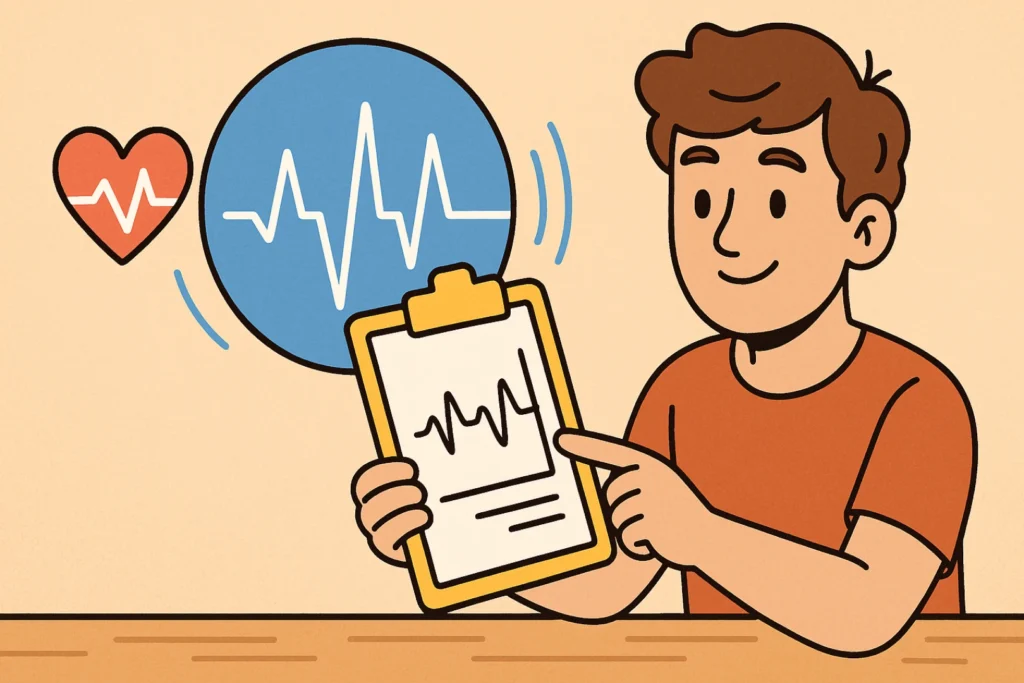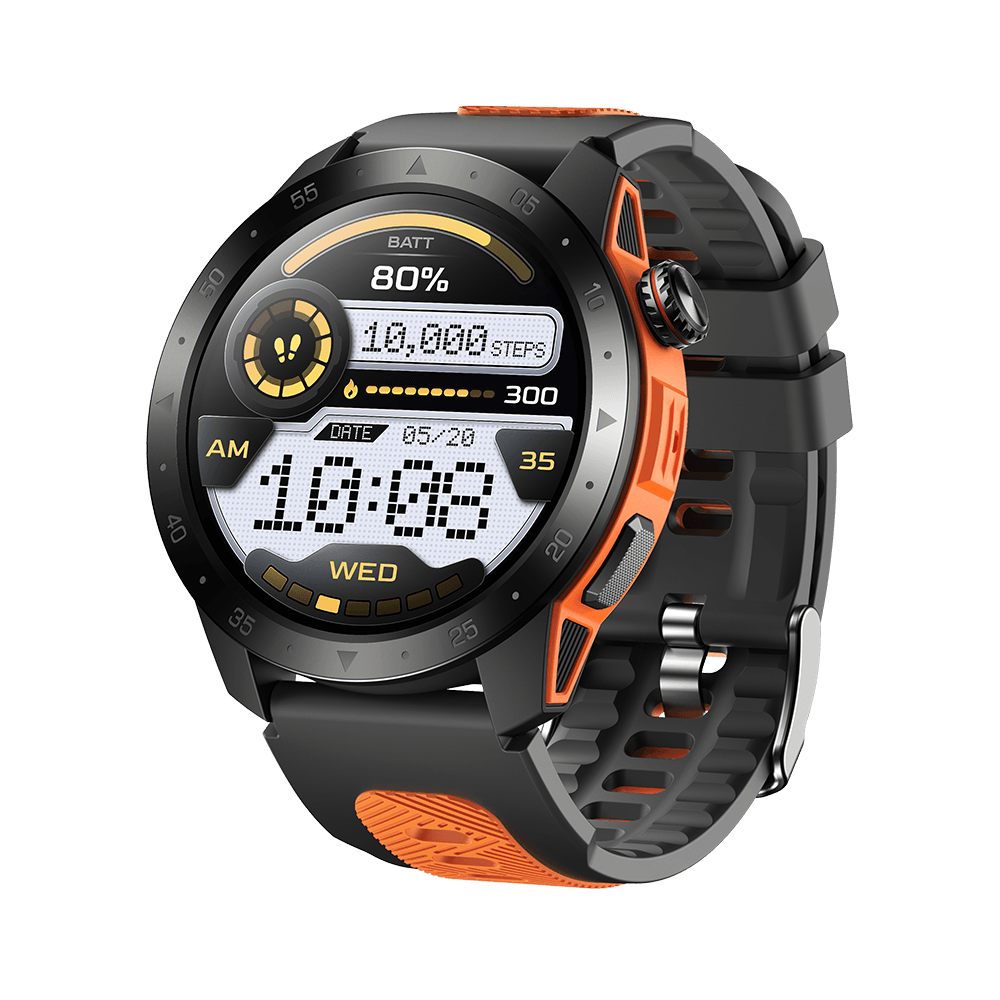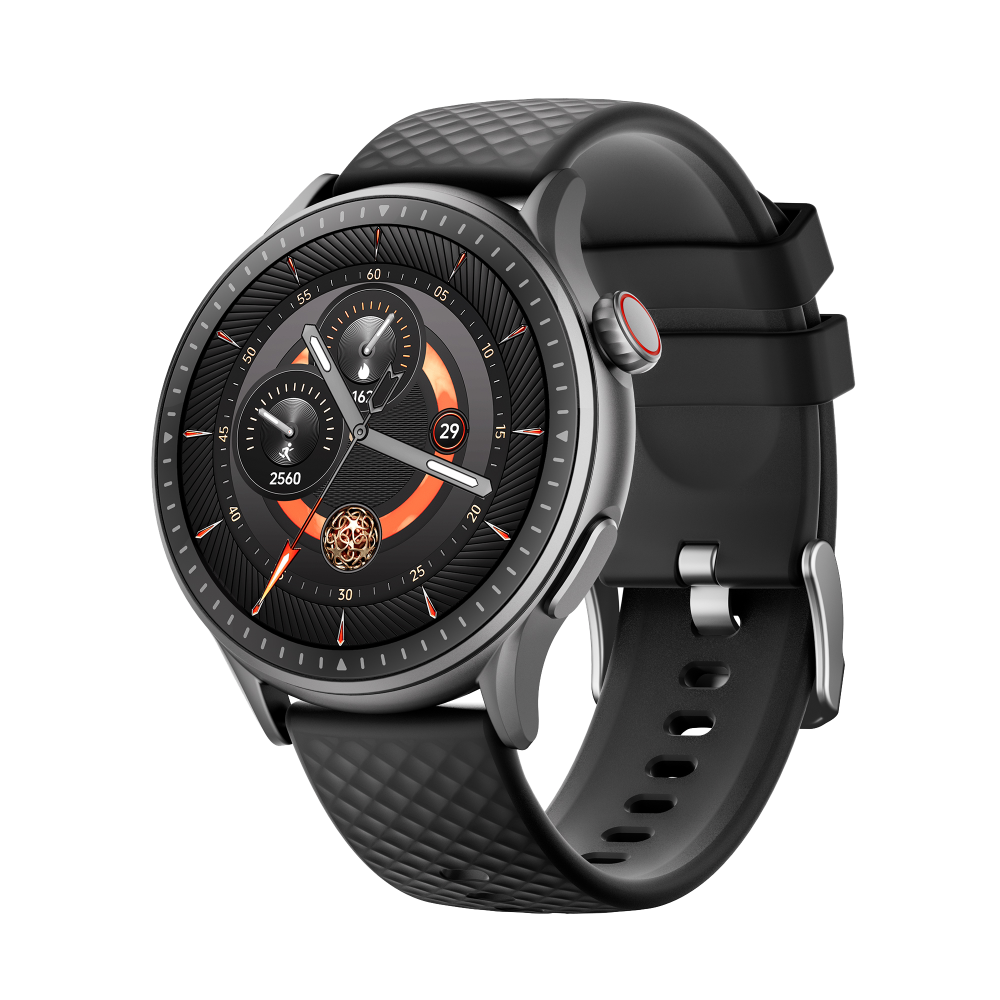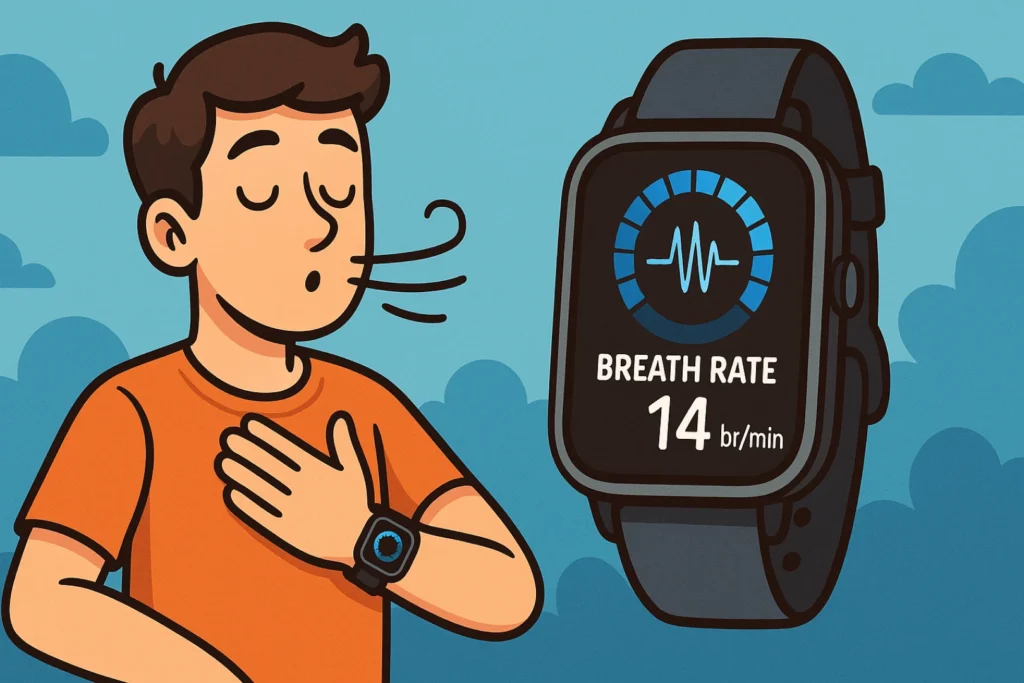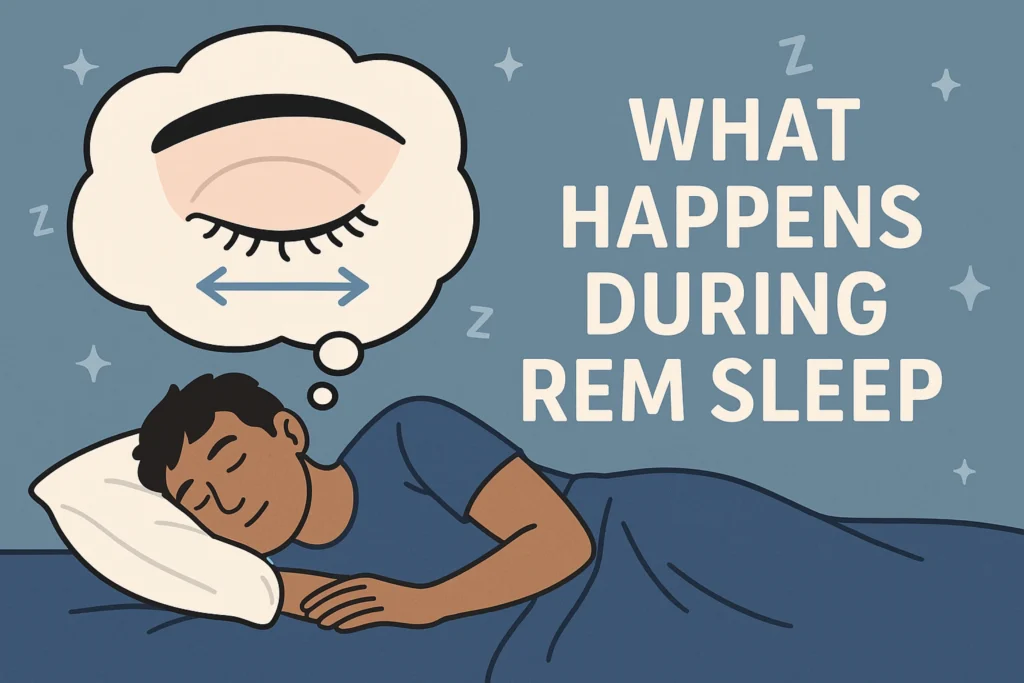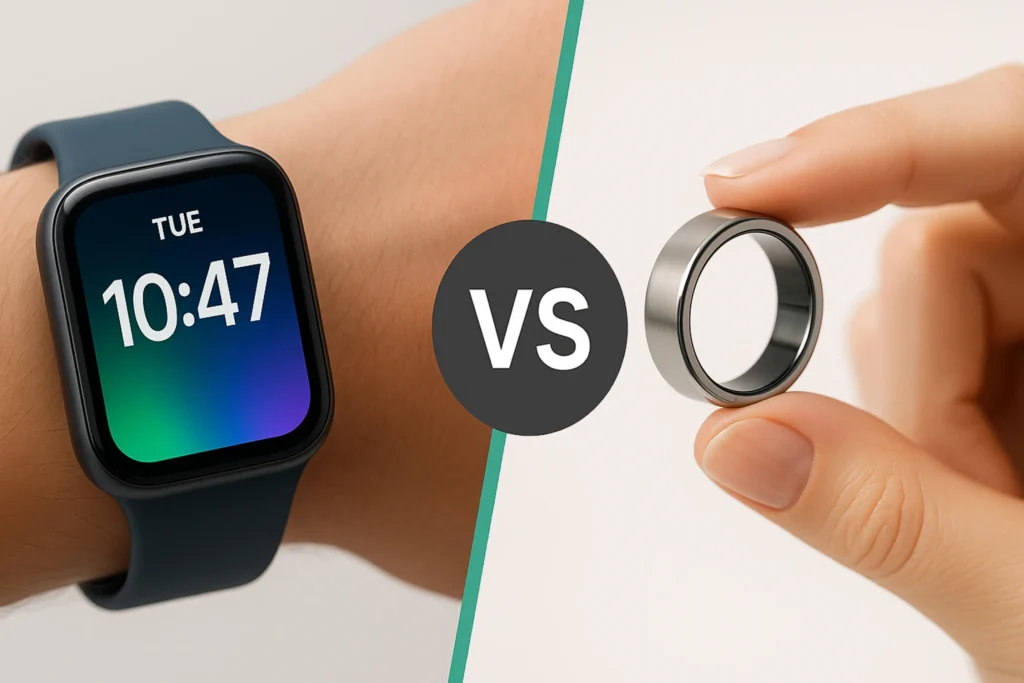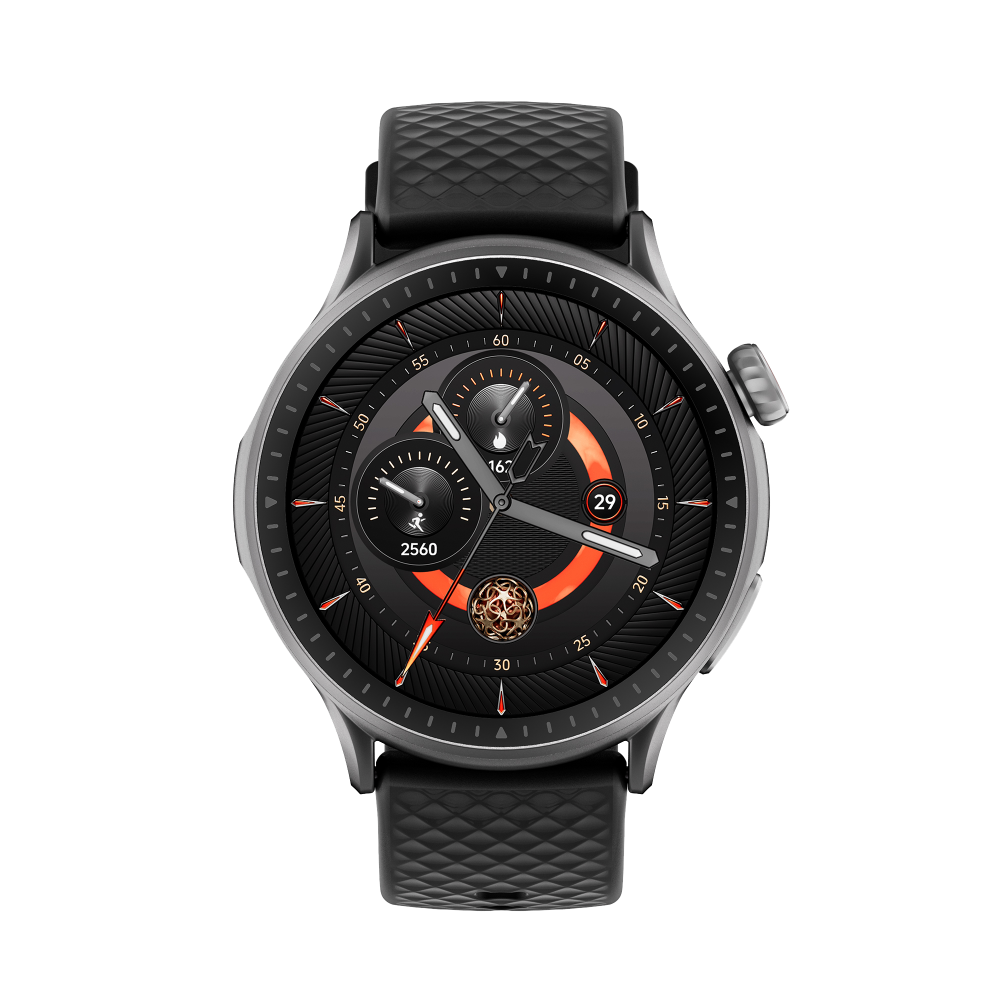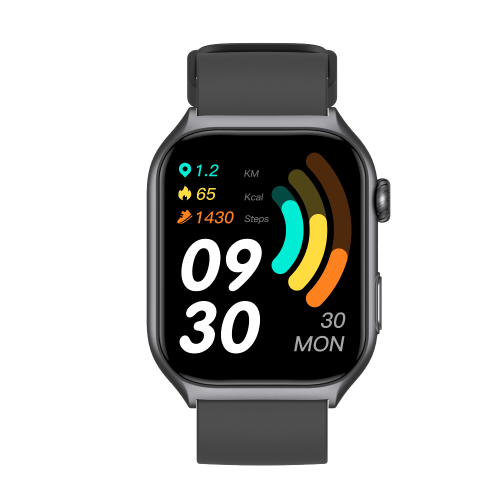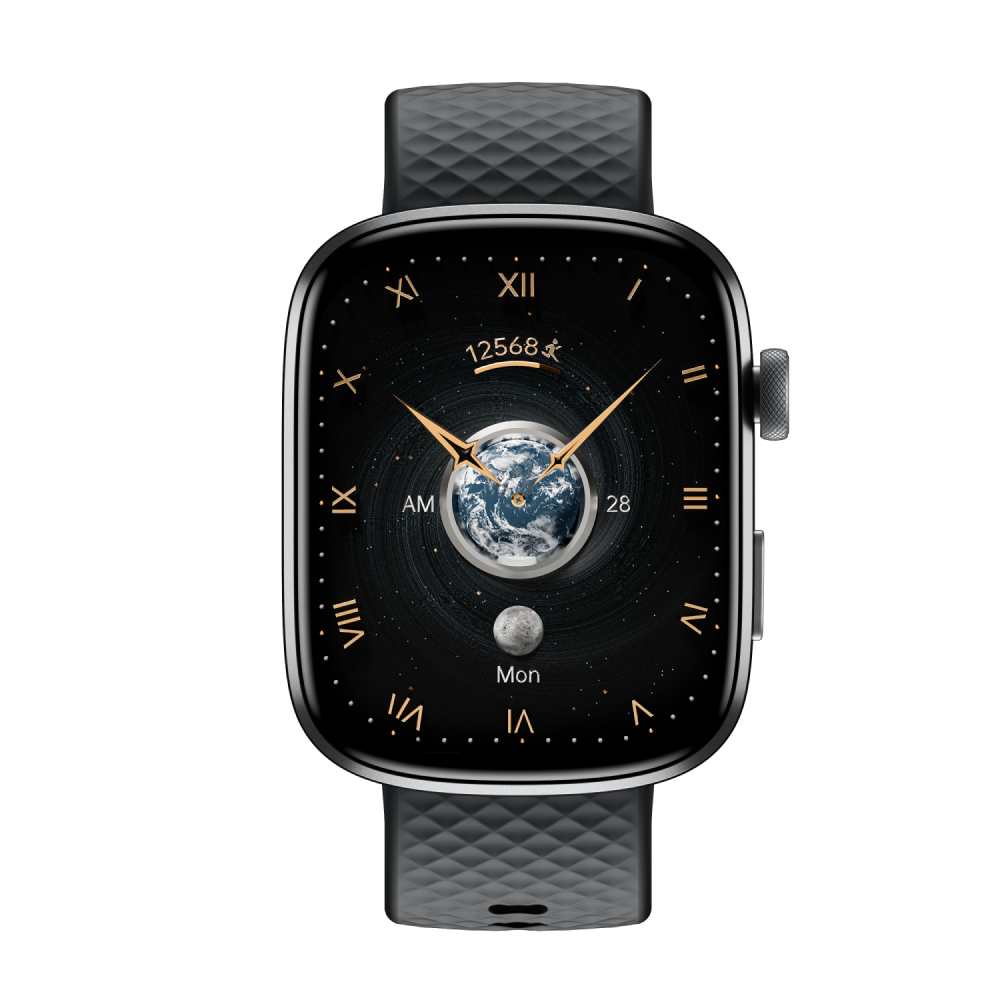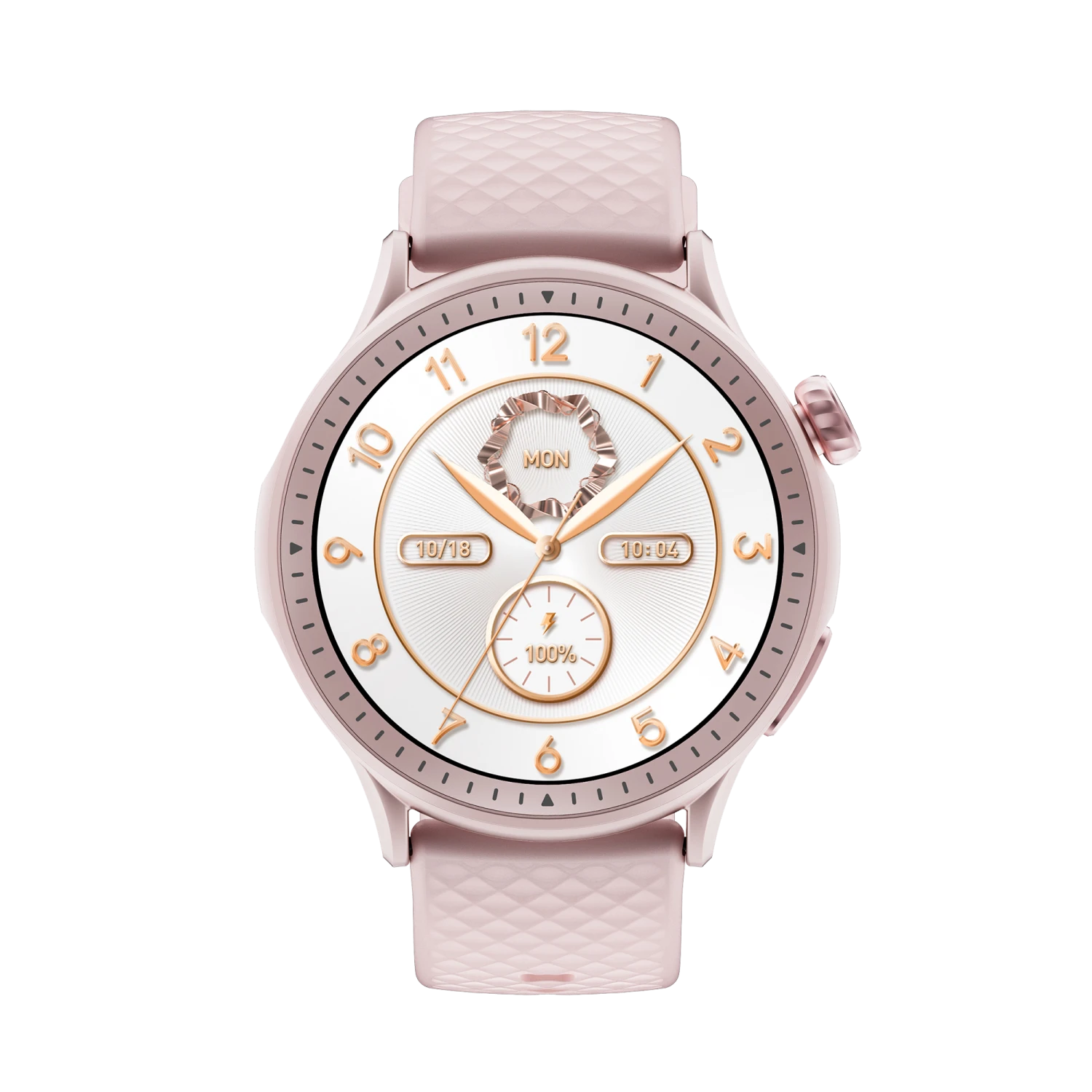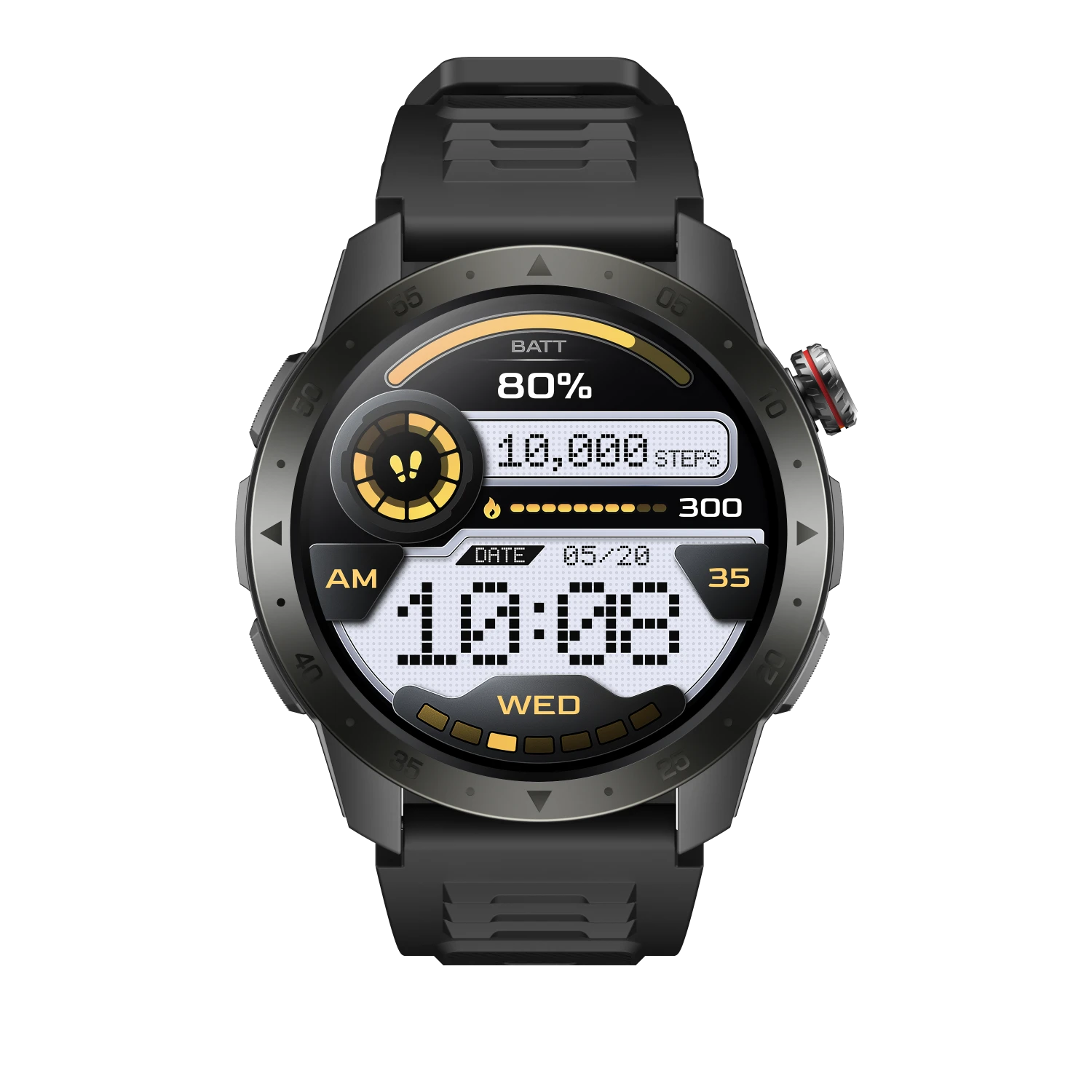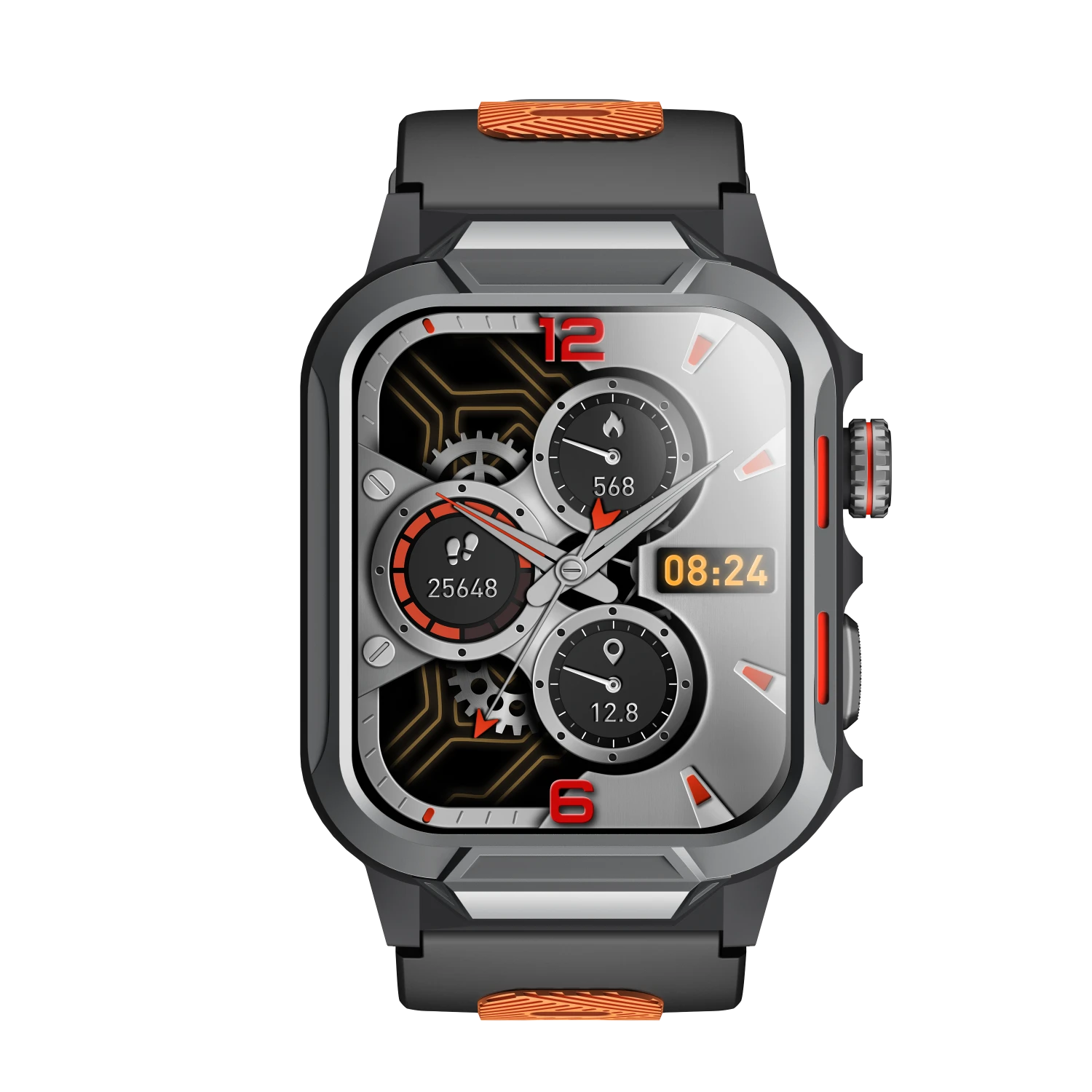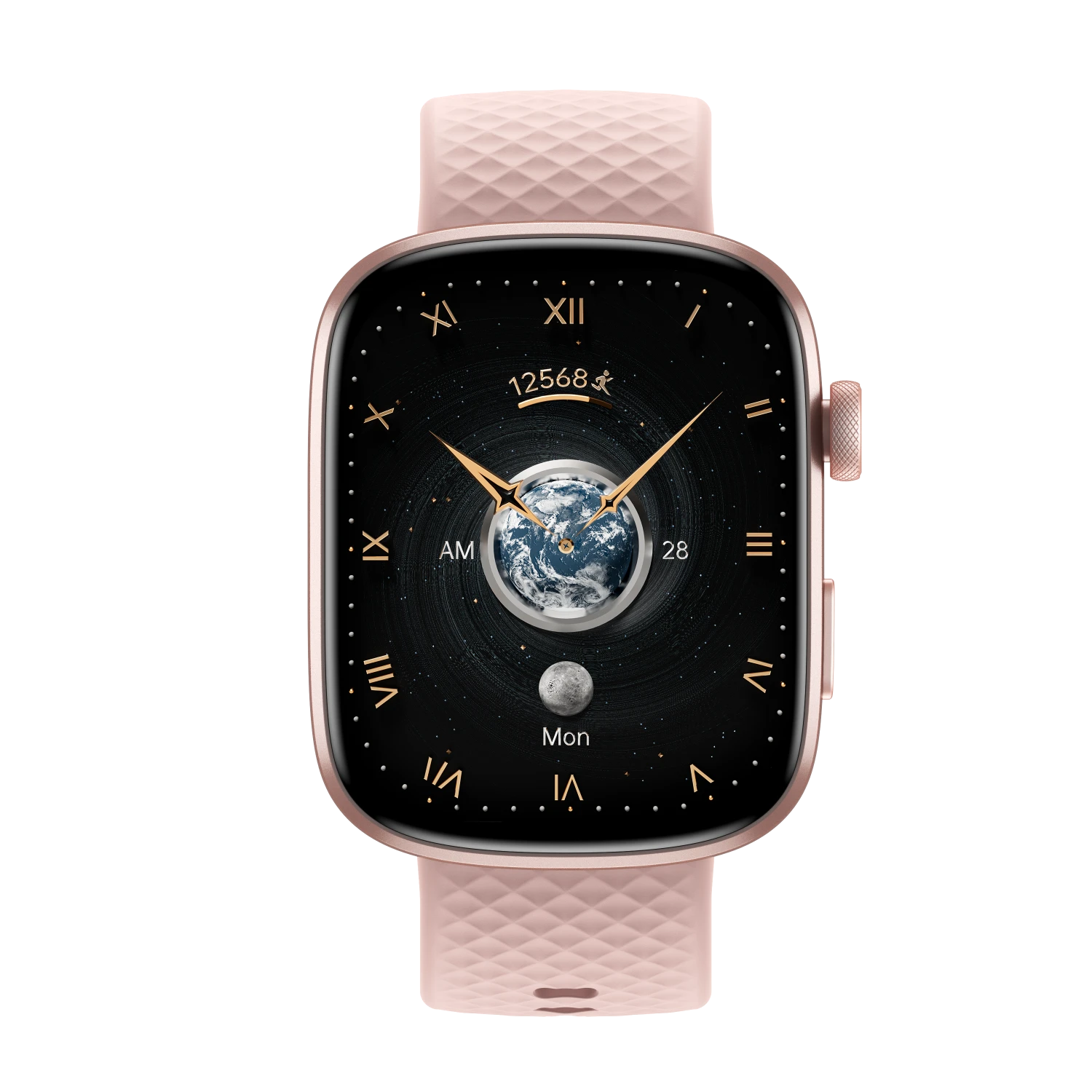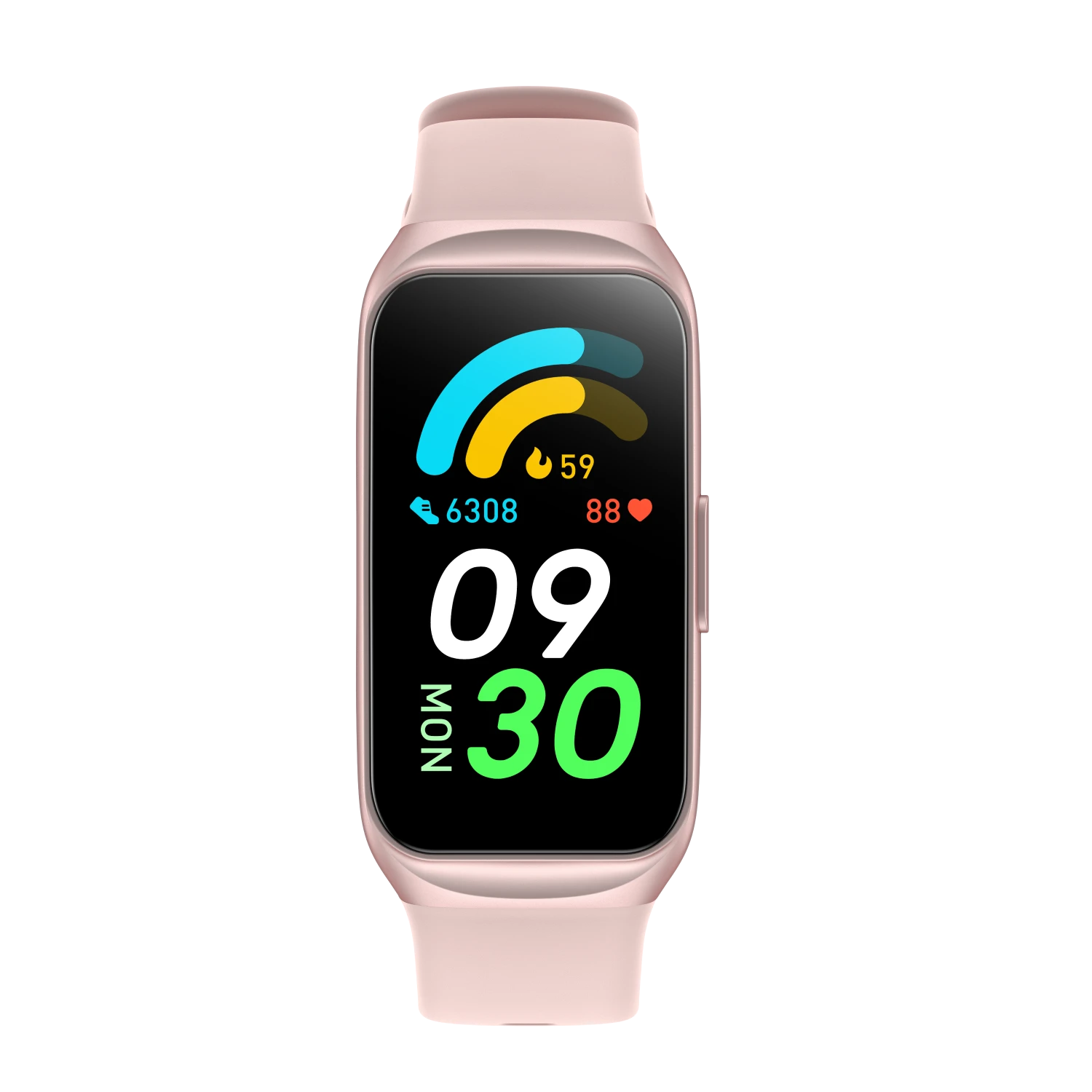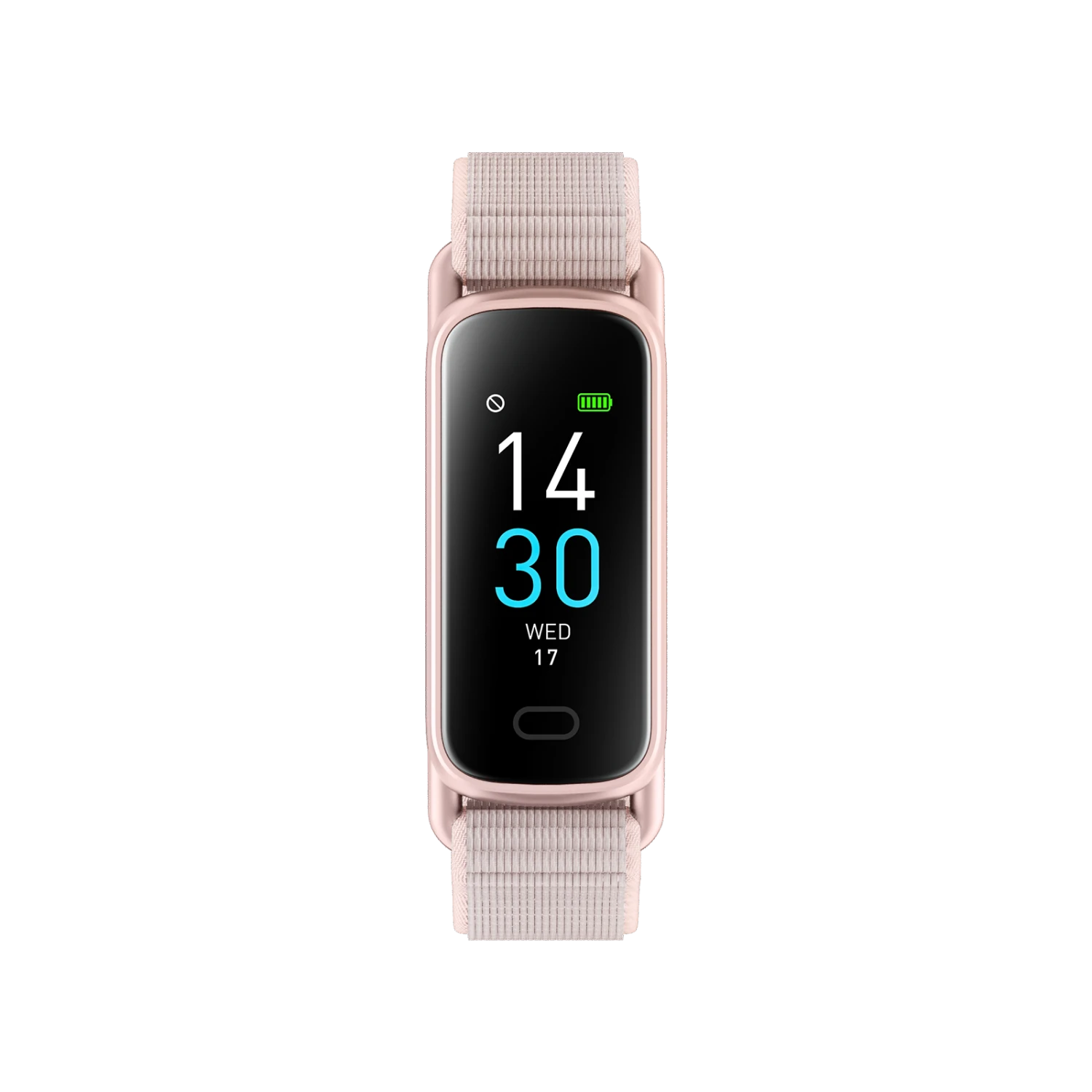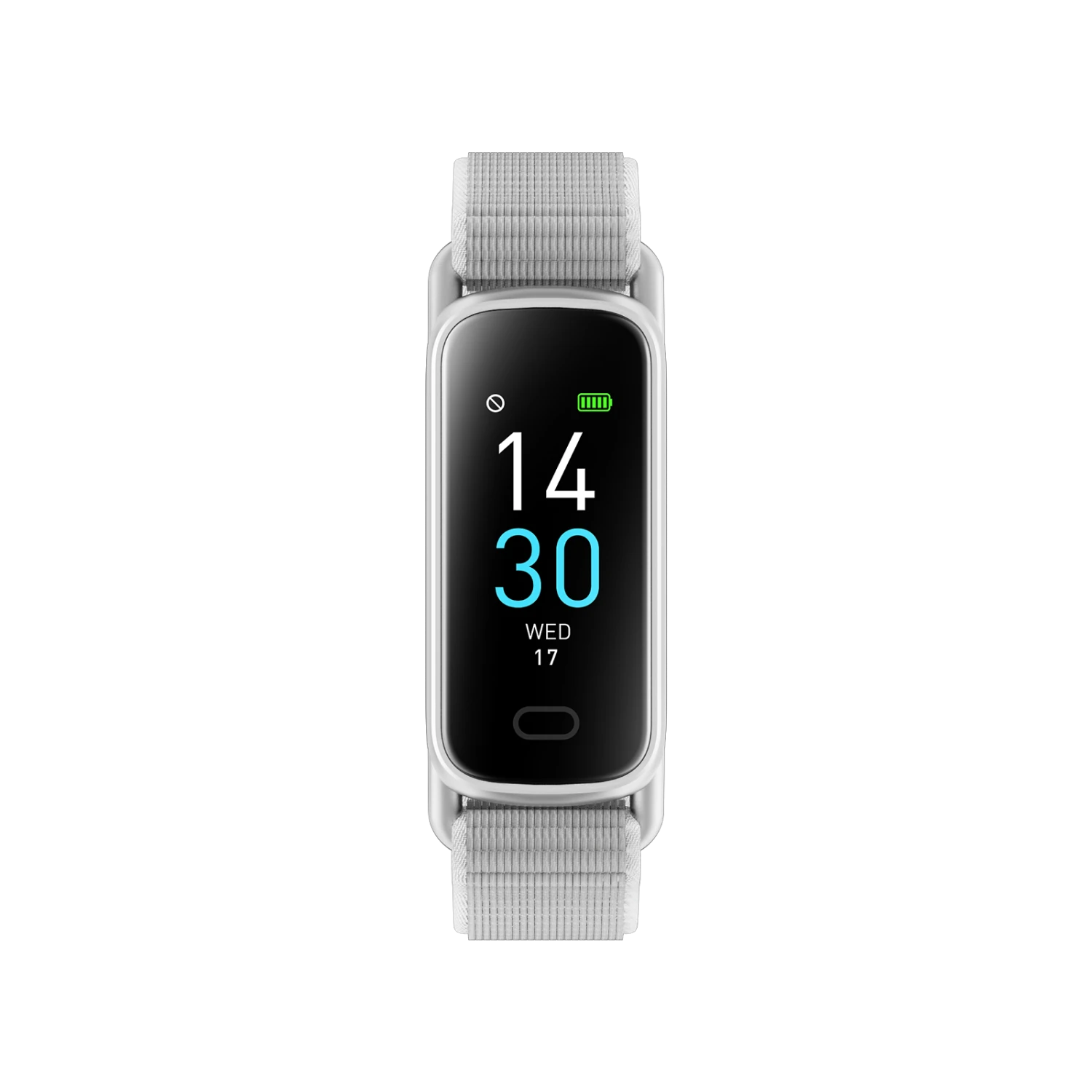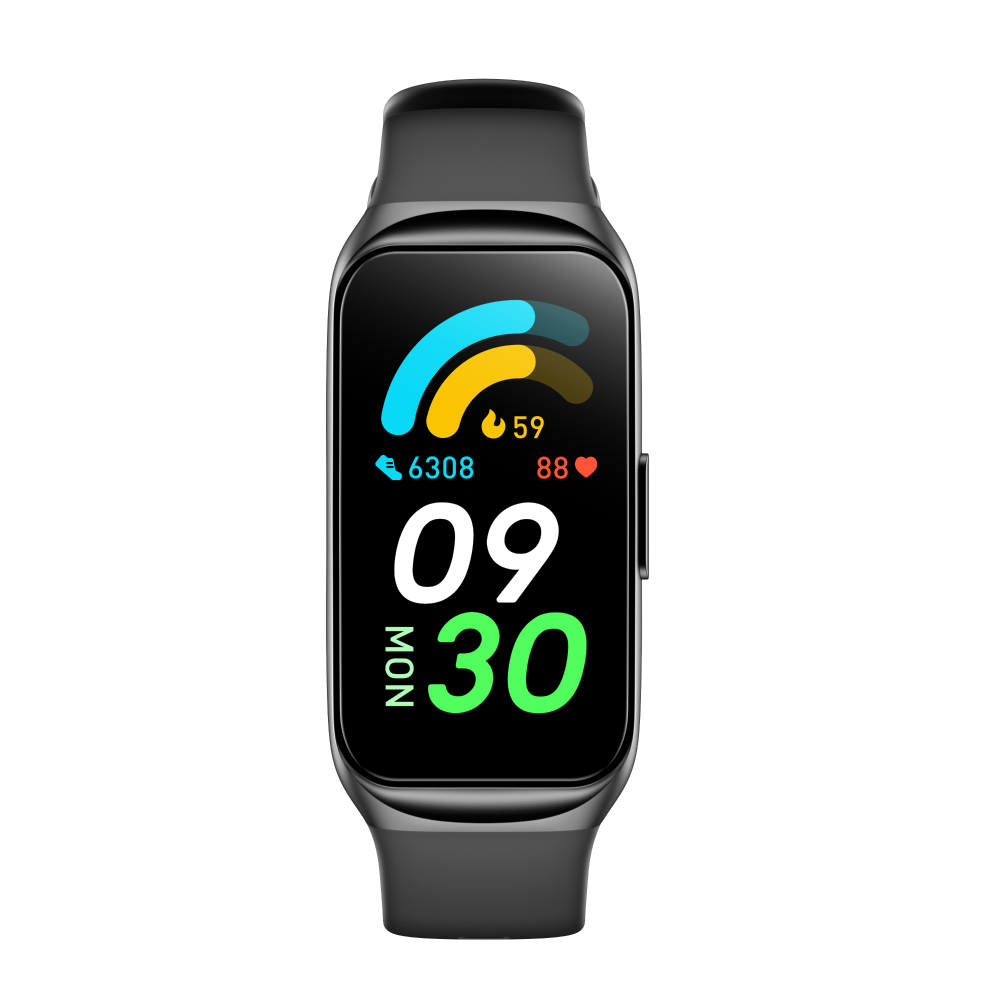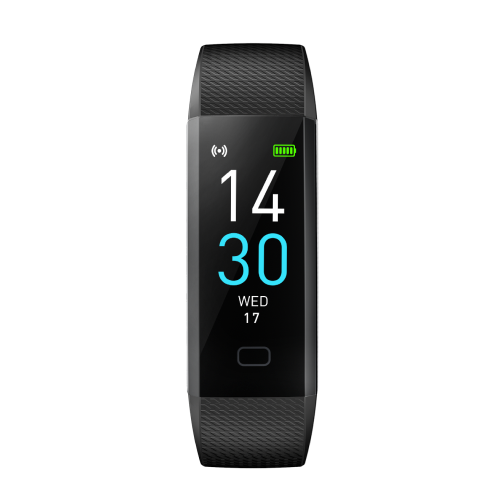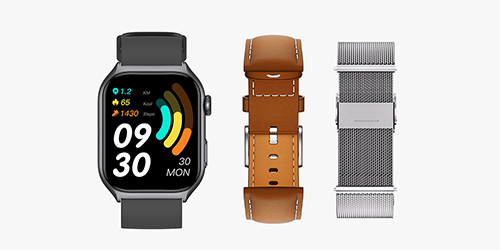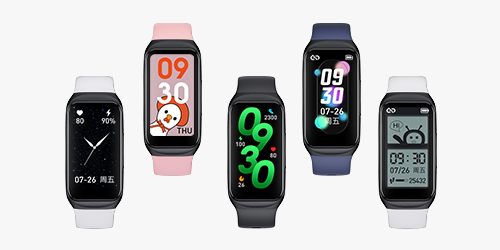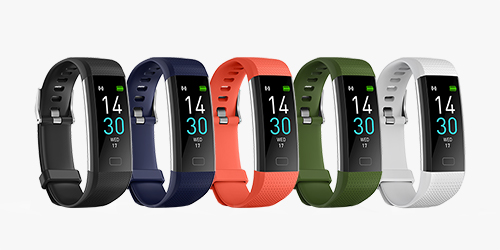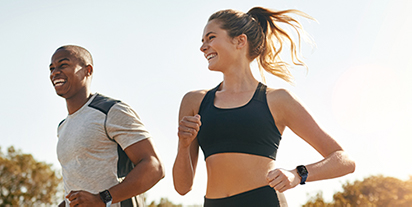Forget just counting beats per minute. Your smartwatch can tell you much more. One of the most useful tools it offers is Heart Rate Variability, or HRV. While your resting heart rate shows how fast your heart is beating, HRV shows how your body is handling stress, recovery, and daily challenges.
HRV might sound complicated, but it’s actually a very helpful number. It shows how well your body is bouncing back from things like exercise, illness, or stress. A higher HRV usually means your body is doing well. A lower HRV might mean you’re tired, stressed, or not sleeping enough.
Runmefit smartwatches make tracking HRV simple. They give you daily numbers and easy-to-read charts right in the Runmefit app.
In this post, we’ll explain what HRV means, how your smartwatch measures it, and what you can do to improve it.
What Is Heart Rate Variability (HRV)?
HRV stands for Heart Rate Variability. It measures the small changes in time between each of your heartbeats—even if your heart rate looks steady. Your heart doesn’t beat like a clock. Instead, it naturally speeds up and slows down a little. These tiny shifts are normal and can change depending on your activity, stress level, sleep quality, and overall health.
HRV is closely tied to your autonomic nervous system (ANS). This system has two main parts—the sympathetic system and the parasympathetic system.
- The sympathetic side is your “fight or flight” response. It kicks in when you’re stressed or in danger.
- The parasympathetic side is your “rest and digest” mode. It helps you calm down, recover, and feel balanced.
How Does HRV Work on a Smartwatch?
Modern smartwatches, like those from Runmefit, use special sensors to track changes in your heartbeat. These are called PPG sensors, short for photoplethysmography. They shine light onto your skin to detect changes in blood flow at your wrist, translating this into pulse wave data. From this, the watch can measure the small differences in time between your heartbeats.
Smartwatches usually collect this data when you’re resting or sleeping to give you a snapshot of how your body is doing. That’s when your body is calm and the readings are most accurate.
Why HRV Matters
HRV data is a good measure that can give you a better picture of your health. It can show how stressed you are, how well you’re recovering, and how ready your body is for activity. Keeping track of your HRV helps you know when to push harder and when to take it easy. It’s a smart way to stay in tune with your body.
When your HRV is high, it usually means your body is relaxed and handling stress well. A low HRV, on the other hand, might mean you’re not fully recovered or dealing with stress, poor sleep, or even sickness. You can think of HRV as your body’s flexibility score—the higher it is, the better your body can bounce back and adapt.
In short, tracking your HRV is like having a daily check-in with your nervous system. It gives you clues about how you’re doing inside, even if you feel okay on the outside. That’s pretty useful, right?
What Can HRV Tell You?
Daily Preparation and Recovery
Tracking HRV can help you understand how well your body is recovering from physical activity. A higher HRV suggests readiness for intense workouts, while a lower HRV may indicate the need for rest or lighter activity.
Stress and Sleep Insights
HRV is sensitive to stress and sleep quality. Chronic stress or poor sleep can lower HRV, signaling that your body is under strain. By monitoring HRV, you can identify patterns and make changes to improve your stress management and sleep hygiene.
What is a Good HRV? Understanding Your Normal Range
This is the most common questions people ask—and often the most misunderstood question. There is NO single “good” HRV number that works for everyone. HRV is highly personal. It depends on your age, your fitness level, your health, and even your genetics.
What Affects Your HRV? Several things can shape your baseline HRV:
- Age: HRV usually goes down as you get older.
- Sex: Women often have slightly higher HRV than men.
- Genetics: Your natural baseline is partly inherited.
- Fitness Level: People who are aerobically fit tend to have higher HRV. Endurance athletes often have the highest.
- Health Conditions: Issues like heart disease, diabetes, anxiety, and depression are often linked to lower HRV.
- Lifestyle Habits: Good sleep, a balanced diet, regular exercise, low stress, avoiding smoking, and limiting alcohol can all help raise your HRV.
HRV Chart by Age Group
| Age Group | Average HRV (ms) |
| 18–25 | 62–85 |
| 26–35 | 55–75 |
| 36–45 | 50–70 |
| 46–55 | 45–65 |
| 56–65 | 42–62 |
| 66+ | 40–60 |
Important: These numbers are JUST general averages. Your personal value could be significantly higher or lower and still be perfectly healthy and “good” for you. Use this only as a rough frame of reference.
How to Read Your HRV Trends in the Runmefit App
The Runmefit app shows your HRV trends as Stress Level and Mood Status on a daily, weekly, and monthly basis. If your HRV is gradually improving, that’s a good sign! If it’s dropping for several days in a row, it might be time to adjust your sleep, workouts, or stress levels.
Why Your HRV Might Be Low on Runmefit
What Affects Your HRV?
Several things can lower your HRV, like:
– Poor sleep
– Too much exercise without rest
– Emotional stress
– Illness or dehydration
Don’t worry if your HRV dips once in a while. That’s normal. But if it stays low, it’s worth paying attention.
How to Improve HRV?
Here are a few easy ways to boost your HRV:
– Get enough sleep
– Stay hydrated
– Practice deep breathing or meditation
– Don’t overtrain
– Eat well and avoid heavy alcohol use
Runmefit watches also remind you to move, breathe, and rest—small steps that can make a big difference over time.
Final Thoughts
Understanding HRV might seem complicated at first, but your Runmefit smartwatch makes it simple. With regular tracking, a little curiosity, and some healthy habits, you can use HRV to get more in tune with your body and live better every day.

